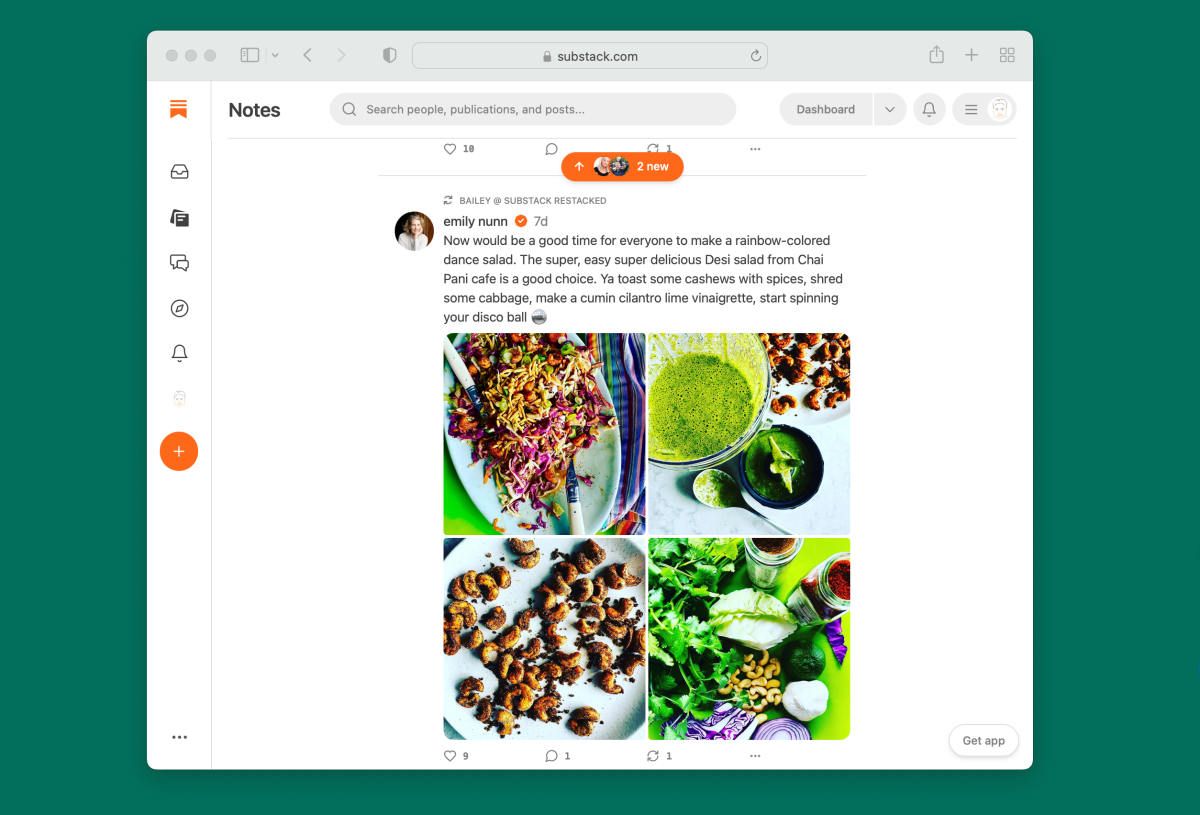- The Publisher Newsletter
- Posts
- Thursday 6th April: Substack Notes feature lets users do Twitter stuff
Thursday 6th April: Substack Notes feature lets users do Twitter stuff
Good morning! Today's newsletter is brought to you by Peter (now linking to LinkedIn because Doge💩)
User needs are at the heart of building a true bond with your audience - one that is based on trust and value. The new User Needs Model shows that it pays off to make fewer ‘Update me’ articles and seek a better balance of coverage across all needs, preferences and pain points of your website visitors.
In this whitepaper, we provide tools, techniques and examples, showing you how the model can work for you. Download it here.
Today's Media Roundup is brought to you by Smartocto. (Book this ad slot)
Techcrunch is reporting that Substack's new short-form 'Notes' feed looks a lot like Twitter. The feature is designed to let users share posts, comments, images, links... all in a familiar short-form feed. Each note displays a like count and comment count. There’s also the option to “restack,” (retweet) a post.
Substack doesn't deny the similarities, but points out the one big difference that it's been pointing out since day one: Notes differs from traditional social media feeds because it doesn’t run on ads. In their announcement they said: "The lifeblood of an ad-based social media feed is attention... the lifeblood of a subscription network is the money paid to people who are doing great work within it."
Of course Techcrunch doesn't miss the opportunity to point out that the company already hosts controversial writers and the 'otherwise deplatformed' and this move with Notes see it get even deeper into the culture wars. I'm all for capitalising on the chaos at Twitter, but recreating the chaos doesn't feel like a good move.
I'm sorry that we've had Twitter stories nearly every day this week, but there is just so much weirdness going on over there. And this piece from Casey Newton is so spot on. I've changed my bio link in this newsletter to my LinkedIn profile and I've started to check out Post, but I'm still on Twitter a lot and as Casey says, despite Twitter's 'perilous decline under Elon Musk' its where we all see almost everything first. HELP!
A new report suggests the media's role with climate coverage to inspire everyone to do their part, from key stakeholders to individual readers, without compromising journalistic values. The upside for publishers is that, doing so will result in more effective audience engagement and healthier business models, the report claims.
Sorry, but no, podcasts are not the future of the publishing industry. Podcasts are part of the mix for sure, bringing with them all the good things that this piece in PodPod talks about. But while podcasting should be a big part of revenue diversification strategies, limited audio advertising budgets mean the future it is not and Betteridge's law is still intact.
More from Media Voices
The EBU report on climate coverage reminded me that James Fahn spoke with us as he set out with a group of journalists from the global south to cover COP26 from their own perspectives. He also discussed his background in climate journalism, whether every journalist should now be a climate journalist, and how they can do that effectively.







